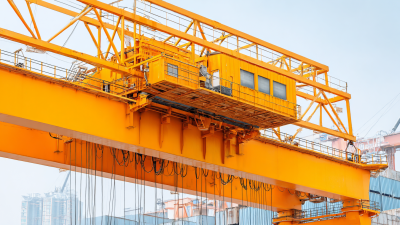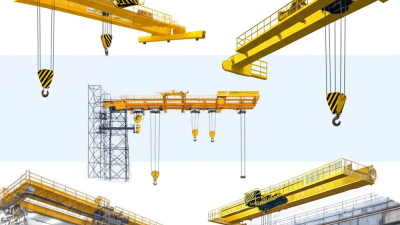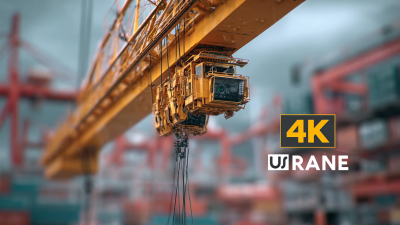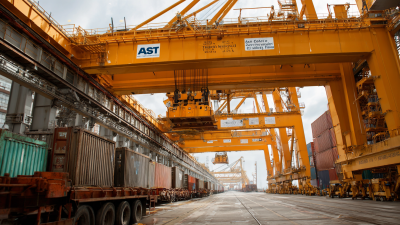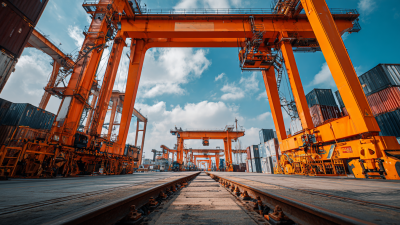Inquiry
Form loading...
-
Phone
-
Wechat

-
Whatsapp

In modern industrial applications, the significance of safety features in equipment cannot be overstated, particularly in the case of the Overhead Gantry Crane. According to a recent report from the International Organization for Standardization (ISO), industrial accidents account for over 2.7 million non-fatal workplace injuries globally each year, with lifting and material handling being a significant contributor.
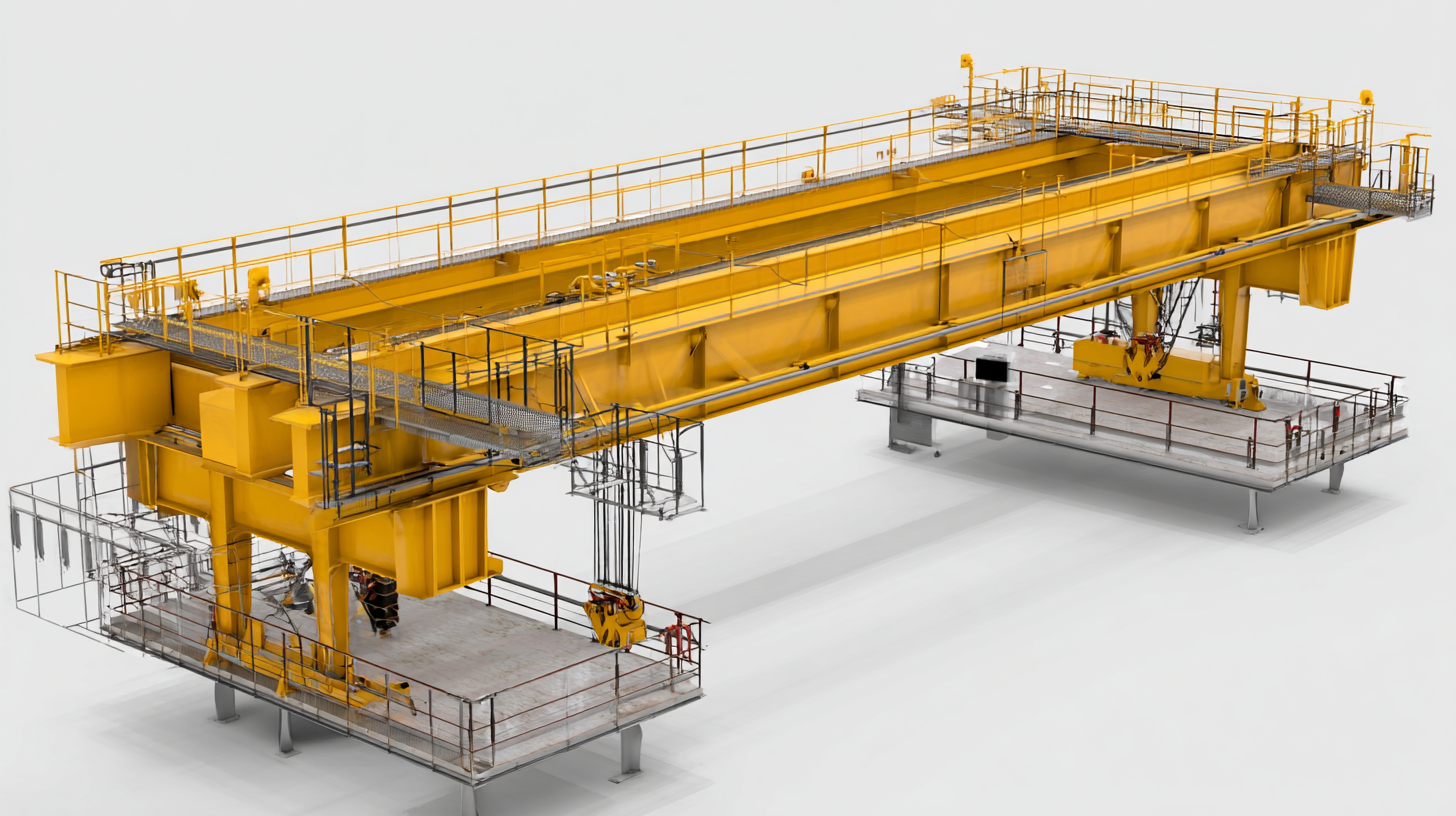
The Overhead Gantry Crane, designed with advanced safety mechanisms, plays a crucial role in mitigating these risks. Equipped with features such as anti-collision systems, load moment indicators, and emergency stop functions, these cranes enhance workplace safety and operational efficiency. A study by the Occupational Safety and Health Administration (OSHA) highlights that properly utilized industrial cranes can lead to a 30% reduction in workplace injuries.
As industries evolve and the demand for efficient material handling increases, the Overhead Gantry Crane stands out not just for its functionality but for its commitment to ensuring the safety of workers in diverse sectors.
Overhead gantry cranes play a pivotal role in modern industrial applications, providing efficient lifting solutions across various sectors, including construction, manufacturing, and warehousing. These cranes are designed to handle heavy loads with precision, significantly enhancing productivity and safety in the workplace. According to a market analysis by Research and Markets, the global overhead crane market is projected to grow at a CAGR of 5.5% from 2021 to 2026, highlighting their continued relevance and importance in industrial operations.
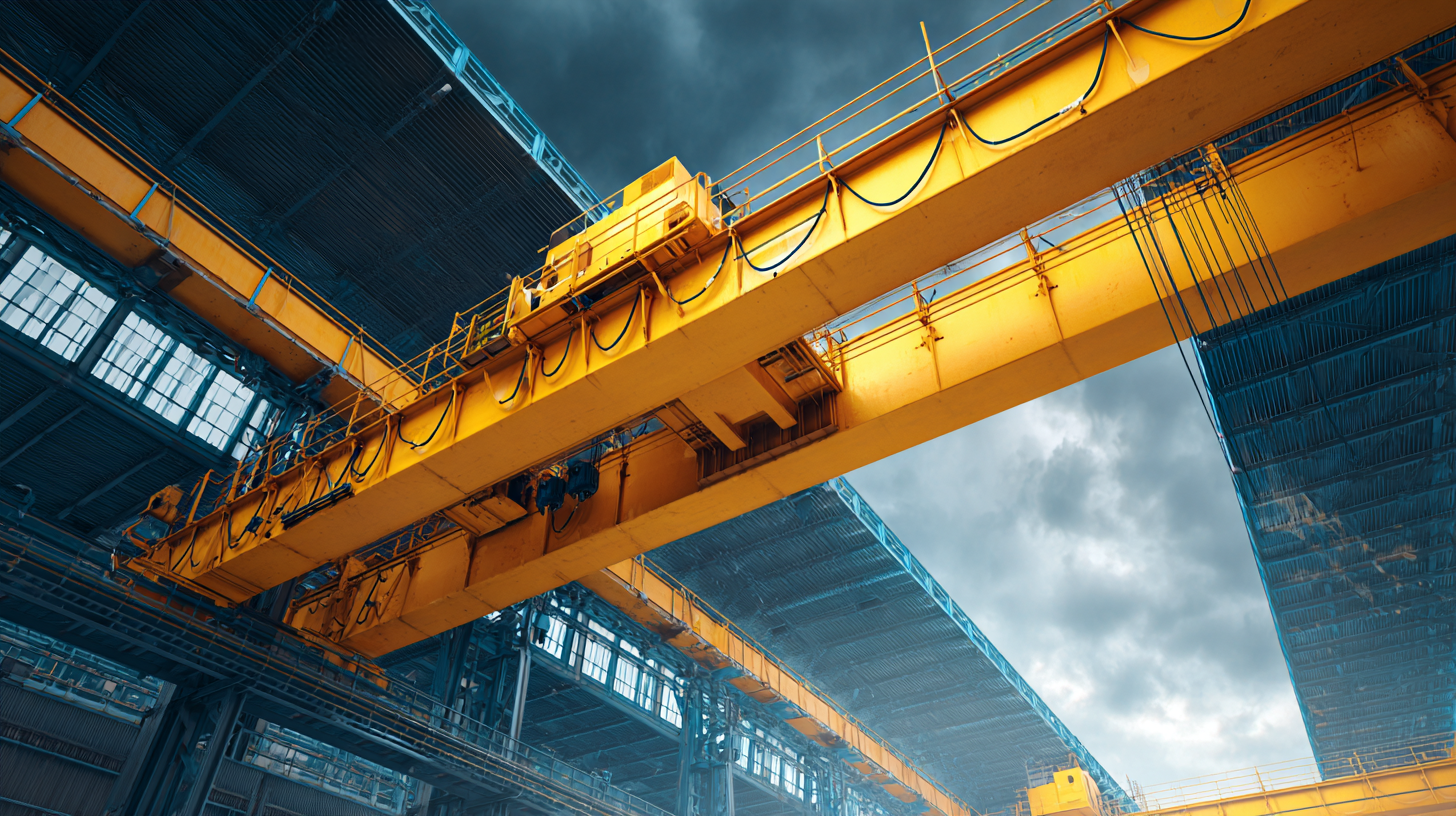
The significance of overhead gantry cranes extends beyond mere functionality; they are integral to ensuring workplace safety. Equipped with advanced safety features, such as overload protection, emergency stop systems, and anti-collision devices, these cranes minimize the risk of accidents associated with heavy lifting. Data from the Occupational Safety and Health Administration (OSHA) indicates that implementing safe lifting practices with equipment like gantry cranes can reduce workplace injuries by as much as 30%. This underscores the necessity of integrating advanced lifting machinery into operations for both safety and efficiency. As industries continue to evolve, the role of overhead gantry cranes in safeguarding workers and enhancing operational capabilities remains paramount.
Overhead gantry cranes are pivotal in modern industrial applications, offering a range of safety features that enhance operational efficiency and reduce risks. One key safety feature is their robust design, which often includes engineered solutions such as anti-collision systems and overload protection devices. According to a report by the Occupational Safety and Health Administration (OSHA), overloading is one of the top causes of crane-related accidents, making these protections vital in preventing workplace injuries and ensuring the reliability of lifting operations.
Another important safety element is the integration of advanced control systems. Modern overhead gantry cranes utilize automated controls that allow for precision handling of heavy loads, significantly minimizing the potential for human error. A study published in the Journal of Safety Research indicated that workplaces incorporating such technologies saw a 30% decrease in crane incidents over a two-year span.
Furthermore, regular maintenance and inspection protocols, often mandated by standards such as those from the American National Standards Institute (ANSI), play a crucial role in ensuring the cranes operate safely and effectively, further mitigating risks associated with heavy lifting.
Overhead gantry cranes play a pivotal role in modern manufacturing processes, offering a range of benefits that enhance operational efficiency and safety. One of the primary advantages of these cranes is their ability to maximize workspace utilization. Since they operate above the production floor, they free up valuable ground space for machinery, materials, and workers, facilitating a more organized and efficient workflow. This spatial advantage is particularly significant in busy industrial environments where space is at a premium.
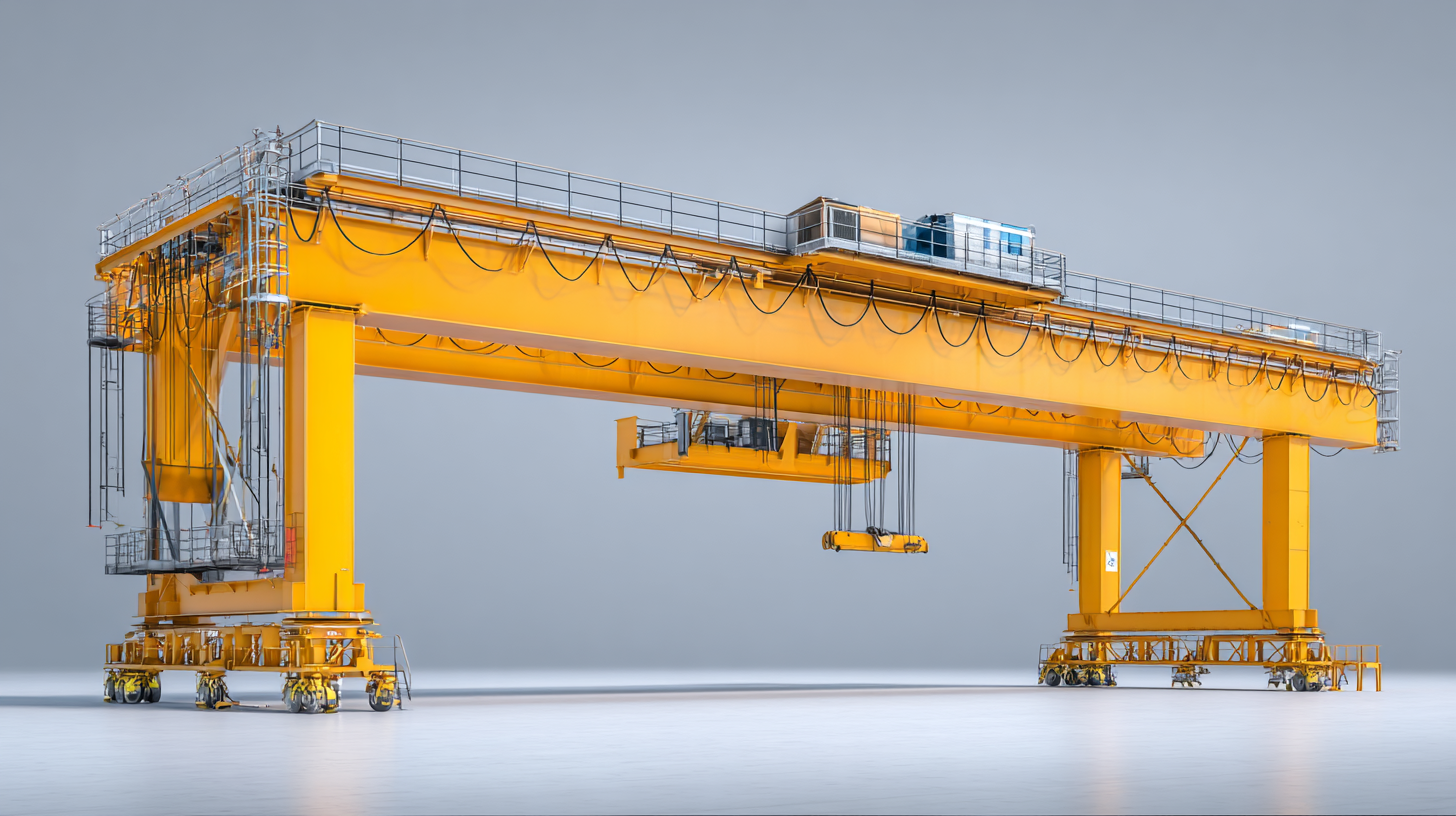
Another key benefit of overhead gantry cranes is their versatility in handling heavy and bulky loads. These cranes can be engineered to handle a variety of materials and equipment, from raw components to finished products. This flexibility not only streamlines the manufacturing process but also reduces the risk of workplace injuries associated with manual handling.
Additionally, modern gantry cranes are equipped with advanced safety features, such as automatic load-sensing systems and emergency stop mechanisms, ensuring a safer working environment for operators and nearby personnel. This combination of efficiency and safety makes overhead gantry cranes indispensable in today's fast-paced manufacturing landscape.
Regular maintenance of overhead gantry cranes is essential to ensure their safety and efficiency in industrial applications. Implementing a routine inspection schedule can help identify wear and tear before it becomes a critical issue, thus preventing potential accidents. Key components such as brakes, hoists, and wire ropes should be checked regularly for any signs of damage. Establishing a maintenance log can aid in tracking the condition of the crane and scheduling necessary repairs.
**Tips:** Always consult the manufacturer's guidelines for specific maintenance procedures and intervals tailored to your crane model. Investing in professional training for your maintenance team is also crucial, as proper knowledge enhances their ability to detect issues early.
In addition to physical inspections, incorporating modern technology such as load monitoring systems can enhance safety. These systems can alert operators to any overload situations or mechanical failures, reducing the risk of accidents. Ensuring operators are well-trained in using these safety features can significantly improve overall operational efficiency and safety.
**Tips:** Encourage a culture of safety by having regular training sessions for operators. Engaging them in maintenance procedures can foster a deeper understanding of the equipment they handle, promoting better safety practices on the floor.
This bar chart illustrates the importance rating of various safety features and maintenance practices for overhead gantry cranes in modern industrial applications. A higher rating signifies greater importance to ensure safety and operational efficiency.
Overhead gantry cranes have carved a niche for themselves in modern industrial applications, particularly when compared to other lifting equipment. According to the "Global Overhead Crane Market" report by Research and Markets, the demand for overhead cranes is projected to grow at a CAGR of 4.5% from 2021 to 2026, highlighting their increasing adoption in various sectors. One of the primary advantages of overhead gantry cranes is their ability to utilize vertical space effectively, allowing for larger payloads and minimizing the need for floor space. In contrast, traditional forklifts or mobile cranes require significant maneuvering space, which can limit operational efficiency in confined environments.
In terms of safety, overhead gantry cranes often feature advanced control systems and safety mechanisms that reduce the risk of accidents during lifting operations. The Occupational Safety and Health Administration (OSHA) reports that crane-related accidents are a leading cause of fatalities in industrial settings. Overhead gantry cranes, with features like overload protection and emergency stop systems, can significantly enhance workplace safety compared to conventional forklifts which may lack such comprehensive safety protocols. As industrial operations move towards automation and efficiency, the benefits of overhead gantry cranes become increasingly evident, positioning them as a preferred choice over other lifting equipment.
| Feature/Benefit | Overhead Gantry Crane | Other Lifting Equipment |
|---|---|---|
| Load Capacity | Up to 100 tons | Up to 30 tons (for forklifts) |
| Height of Lift | Flexible, customizable | Limited, depends on model |
| Safety Features | Multiple safety stops, overload protection | Basic safety mechanisms |
| Operational Environment | Indoor and outdoor | Primarily indoor |
| Mobility | Stationary | Mobile (with limited capacity) |
| Usage Efficiency | High, continuous use | Moderate, depends on task |
| Cost-Effectiveness | Lower operating costs for heavy loads | Higher operating costs for light loads |
